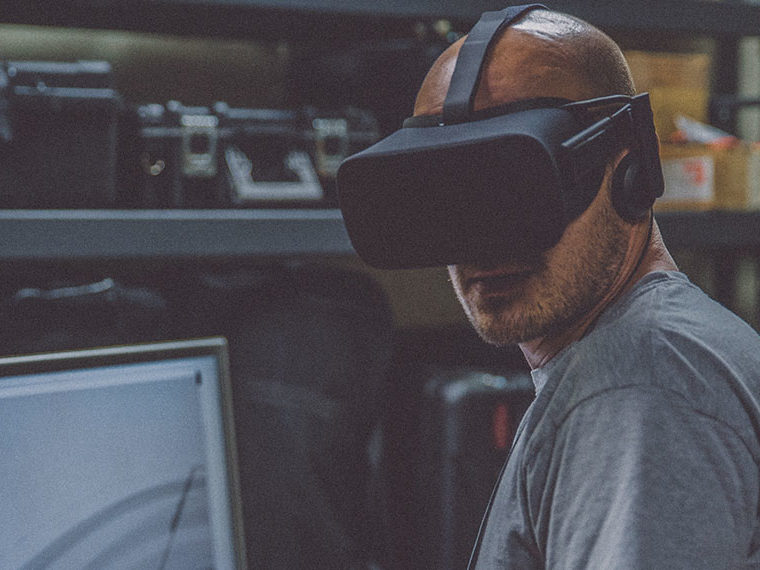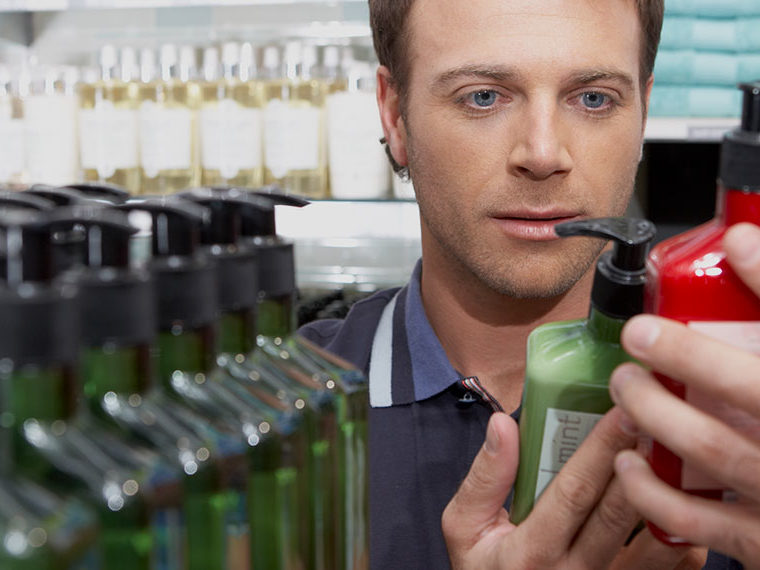Believing it arrives sooner leads people to, well, prepare for it
The more we relate to our distant future selves, the more compelled we are to save for retirement, go to the gym and do other things that will enhance our lives as older people.
Those actions, of course, are balanced against our desire to spend and behave in ways that maximize enjoyment of the present. Which raises a question less explored in academic research about delayed gratification: When, exactly, does your present end and your future begin?
UCLA Anderson’s Hal E. Hershfield and the University of Toronto’s Sam J. Maglio, in a paper forthcoming in Journal of Experimental Psychology: General, explore that question and how it affects decision making.

As seen above, there seems to be fairly strong agreement that the future begins very soon. But for some 22%, the present lingers for a month or more.
Opt In to the Review Monthly Email Update.
The authors found that when people assume the present ends sooner, and thus the future lasts longer, they are more compelled to make decisions that will best serve their future self.
In one experiment, more than 500 participants, ranging in age from 18 to 79, were run through an exercise to measure their perception of when the present ends. They were also asked what they would do with an extra $1,000 after paying all their bills: spend it on something fun or special, or sock it away in savings? They could divvy up the $1,000 any way they chose. Participants, on average, reflecting their future-comes-soon view, committed more than $700 to savings.
Hershfield and Maglio found that there is often a transition period between when we see the present ending and the future beginning. In one experiment, participants presented with a horizontal line of 30 dots representing the present (far left) to the future (far right) were tasked with marking where the present ended and where the future began. The present was deemed to end at dot 7, on average, and the future began at dot 12 on average.
That led to an exploration of whether the vividness of a transition from present to future impacts future-oriented decision making.
More than 1,700 participants were randomly sorted into one of the four conditions shown below: a short-present and sharp transition to the future (upper left), short/blurry (upper right), long-present/sharp (bottom left) and long/blurry (bottom right).

Participants were asked the likelihood (1 = not very likely, 6 = very likely) they would save more money, sign up for automatic-deposit savings and consult with a financial advisor.
Participants in the short-present/sharp division had an average score of 4.5 compared to 4.36 for the short/blurry. Participants given the long-present frame were less inclined to focus on their future financial well-being, with average scores of 4.18 for the sharp division and 4.26 for the blurry.
The pull of short/sharp to induce a greater likelihood of future thinking persisted in a real-world experiment woven into an on-campus financial education campaign. Participants were sorted into the same four conditions and told that they would be entered into a lottery for a $25 gift card. Each participant was asked, if they won the lottery, whether they wanted a Best Buy gift-card or a $25 gift card to put toward saving at Wealthfront, a robo investment advisory firm.
Nearly 55% of participants in the short-present/sharp group chose the Wealthfront gift card. That compared to 48% in the short/blurry group, 45% in the long-present/sharp group and 45.5% in the long/blurry group.
Featured Faculty
-
Hal Hershfield
Professor of Marketing and Behavioral Decision Making
About the Research
Hershfield, H.E., & Maglio, S.J. (in press). When does the present end and the future begin? Journal of Experimental Psychology: General. doi: 10.1037/xge0000681






